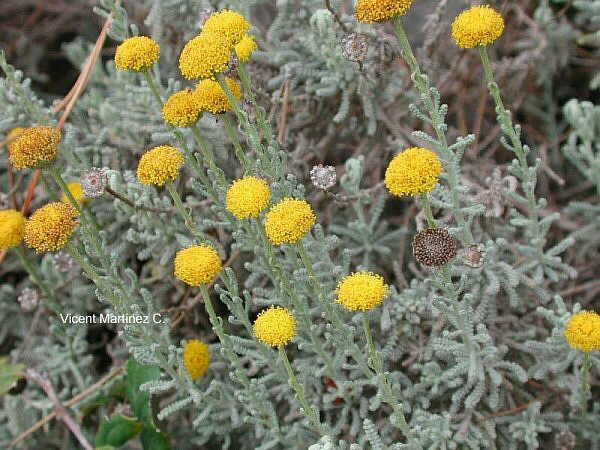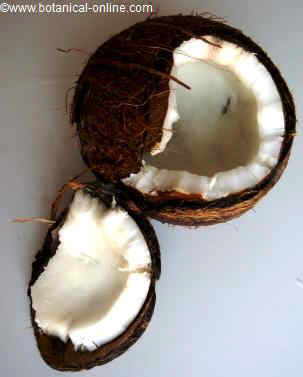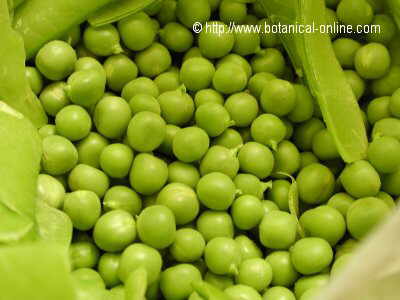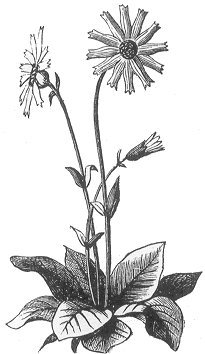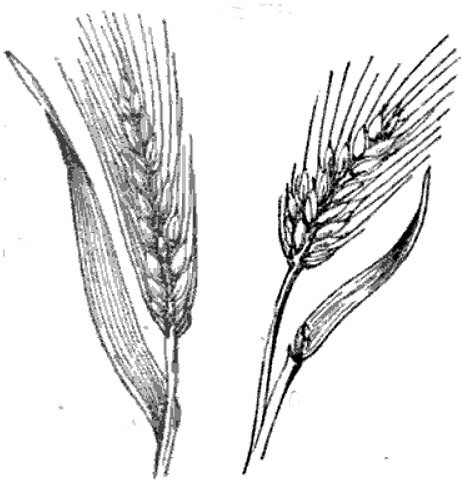Contents
- 1 PITAHAYA BENEFITS
- 1.1 MEDICINAL PROPERTIES OF DRAGON FRUIT PLANT
- 1.2 Pitahaya for the stomach and intestines
- 1.3 Pitahaya for heart health
- 1.4 Pitahaya with antioxidant effects
- 1.5 Pitahaya for the liver
- 1.6 Pitahaya for diabetes
- 1.7 Pitahaya for lung problems
- 1.8 Pitahaya for kidney infections
- 1.9 PITAHAYA PREPARATIONS FOR EXTERNAL USE
- 1.10 Skin healing properties of pitahaya
PITAHAYA BENEFITS
Pitahaya or dragon fruit is a tropical fruit produced by a cactus plant (Hylocereus undatus)
This fruit is consumed from time immemorial in Mexico, where more than 30 types of pitahayas exist: “Yellow,” Pitcher “,” Melon “,” cream ” or “pot”
The Aztecs already ate dragon fruit as an excellent tonic rich in minerals, to avoid dehydration and to prevent diseases caused by heat.
It is a rich moisturizing and nutritious food with a lot of sugars, fiber, vitamin C and minerals.
The fruit contains captin, a substance that acts as a cardiac tonic and stimulating the nervous system.
Dragon fruit is suitable in any balanced diet, especially for diabetes diet and in cases of stomach pain and peptic ulcer.
MEDICINAL PROPERTIES OF DRAGON FRUIT PLANT
REMEDIES FOR INTERNAL USE WITH PITAHAYA
Pitahaya for the stomach and intestines
- Gastritis and digestive system: Dragon fruit is a fruit suitable for gastritis, heartburn, pain or stomach ulcer. It has soluble fiber (mucilage and pectins) with emollient effect of the skin mucous that protects the stomach from gastric juice and acidity.
Dragon fruit is also a source of vitamin C, with properties for healing wounds such as ulcers and irritation caused by heartburn. Because it is not acidic, it is well tolerated by the stomach. People with stomach problems can take pitahaya in their weekly menu.
- Laxative: one of the most popular benefits of dragon fruit is its role as a laxative and intestinal regulator. The fruit is rich in soluble fiber, which has regulatory effect, similar to act as kiwi seeds. Seeds of dragon fruit which are edible and eaten with the pulp, are rich in essential oils with laxative properties.
Because of its composition, dragon fruit is a very suitable to accompany the natural treatment and diet for constipation, as a laxative supplement for constipation or irritable bowel food.
Attention! people should avoid taking it with diverticulosis because their seeds can become trapped in the diverticula, where they will ferment and cause bellyache.
Pitahaya for heart health
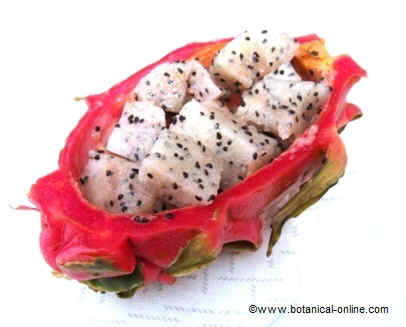 Serving suggestion of dragon fruit
Serving suggestion of dragon fruitPitahaya a cardiac tonic: Nutritional scientists, after having analyzed pitahaya, have seen that it contains a substance called captine. Captine is a natural component with mild cardiac and nervous system stimulant effects, which make it a suitable fruit for the treatment of hypertension, arrhythmias and nervousness.
Pitahaya with antioxidant effects
Purple pitahaya varieties also have natural antioxidants against capillary fragility, being also beneficial for the cardiovascular system.
It contains betacyanins (a type of betalains), purple pigments that have anti-cancer properties and anti premature aging of the organism. These components are the same that have also been found in beets (Beta vulgaris)
Pitahaya for the liver
The richness in antioxidants in pitaya flower and fruit suggests that this may have beneficial effects on the liver. These substances protect the liver from peroxidation of fats, also having an impact in improving cholesterol.
The infusion of Dragon fruit flowers contains protective flavonoids and liver tonics, such as quercetin and kaempferol.
Pitahaya for diabetes
Dragon fruit with white pulp is popularly used in Taiwan to treat sugar problems related to diabetes.
Regular consumption of dragon fruit may help improve blood sugar levels because it contains antidiabetic components, to the extent that it is having great acceptance by the diabetic population, among which is increasingly common consumed.
This was demonstrated by a study at Chulalongkorn University (Bangkok, Thailand), in which the effects of eating pitahaya were measured for 8 weeks with tests of glucose tolerance. The results showed that sugar levels were reduced significantly from the control group.
Dragon fruit is a low calorie fruit with little sugar, rich in pectin fiber, minerals and vitamin C. It is a healthy and dietetically nutritious low-sugared balanced fruit for diabetes.
Pitahaya for lung problems
According to popular knowledge, there is a tradition of preparing a fruit syrup with nopal (prickly pears) and pitahayas, by the time of this fruit harvest in Mexico. This drink is called Colonche, and give properties to cure tuberculosis and other lung problems.
Its effects may be due to the benefits of these two fruits, whose nutritional composition is similar. Both are low in sugar but high in fiber, vitamin C, vitamin E, polyphenols and natural antioxidants, being very nutritional valued to help treat lung diseases.
Pitahaya for kidney infections
Traditionally, it is also recommended to take pitahayas for kidney diseases such as cystitis or other infections. Dragon fruit contains vitamin C and some antibacterial components, although its effects have not been studied.
However, people with kidney stones should avoid its consumption because the fruit contains oxalates.
PITAHAYA PREPARATIONS FOR EXTERNAL USE
Skin healing properties of pitahaya
The sap of the plant is used locally to treat wounds, sores and boils.
One study cites the properties of aqueous extracts of its leaves, bark and fruit pulp for wound healing. The results show a better healing and epithelization of the skin, accelerating the curative process.
– A homemade shampoo is used to treat headaches and for controlling dandruff.
![]() More information on dragon fruit.
More information on dragon fruit.



